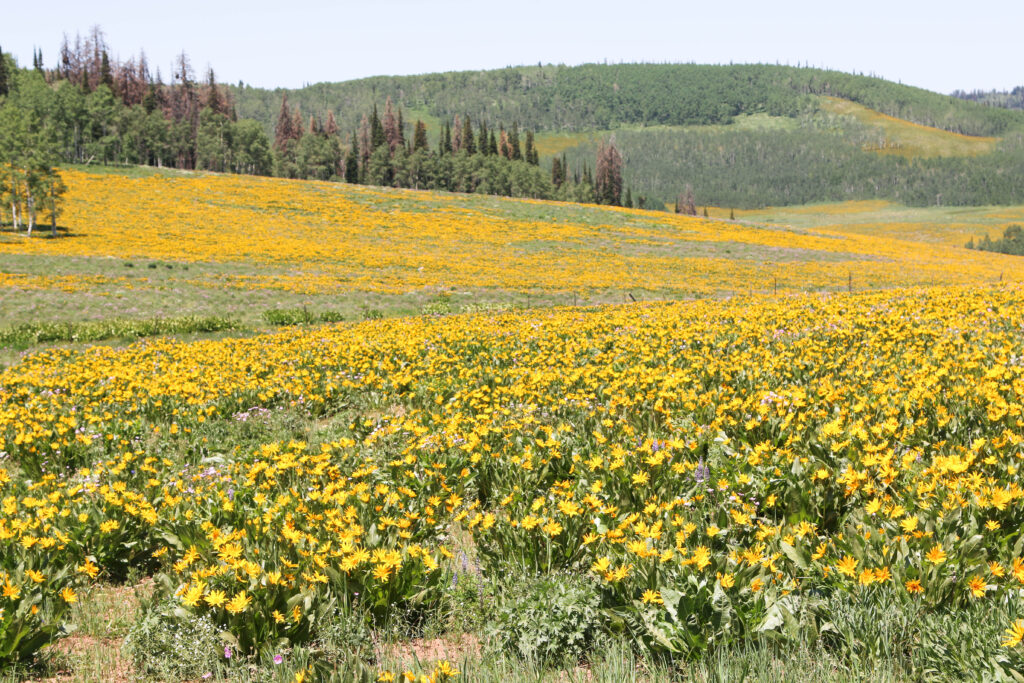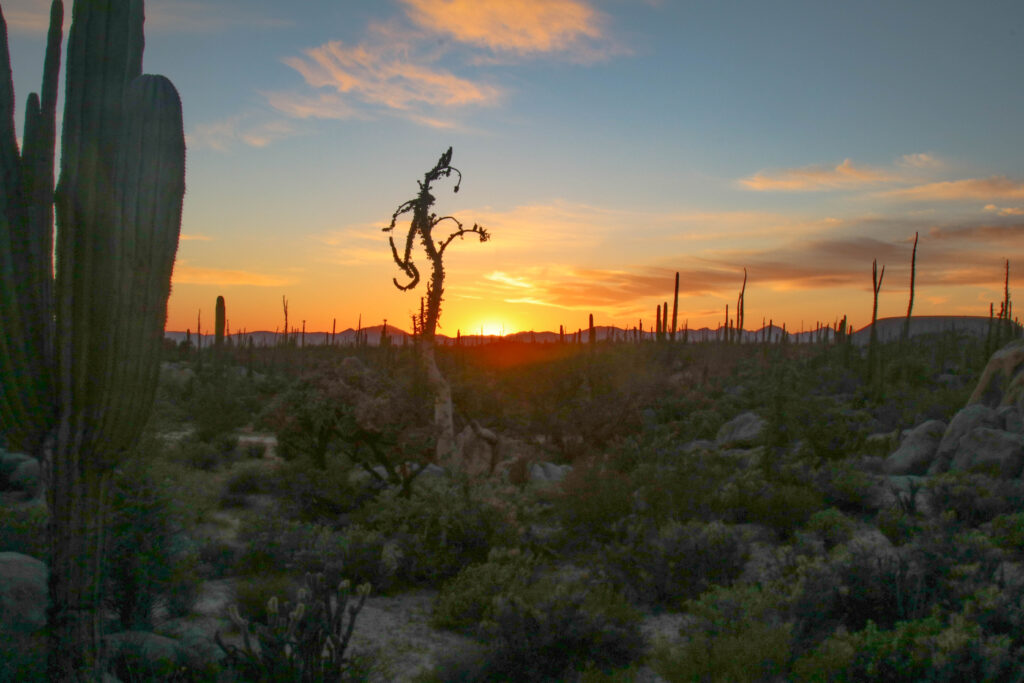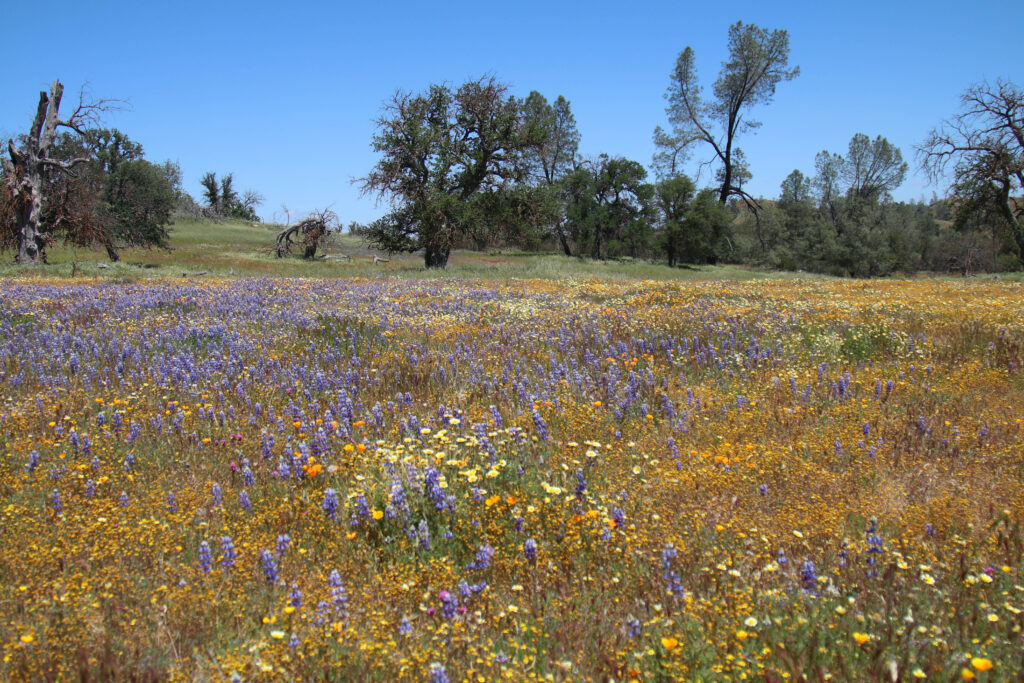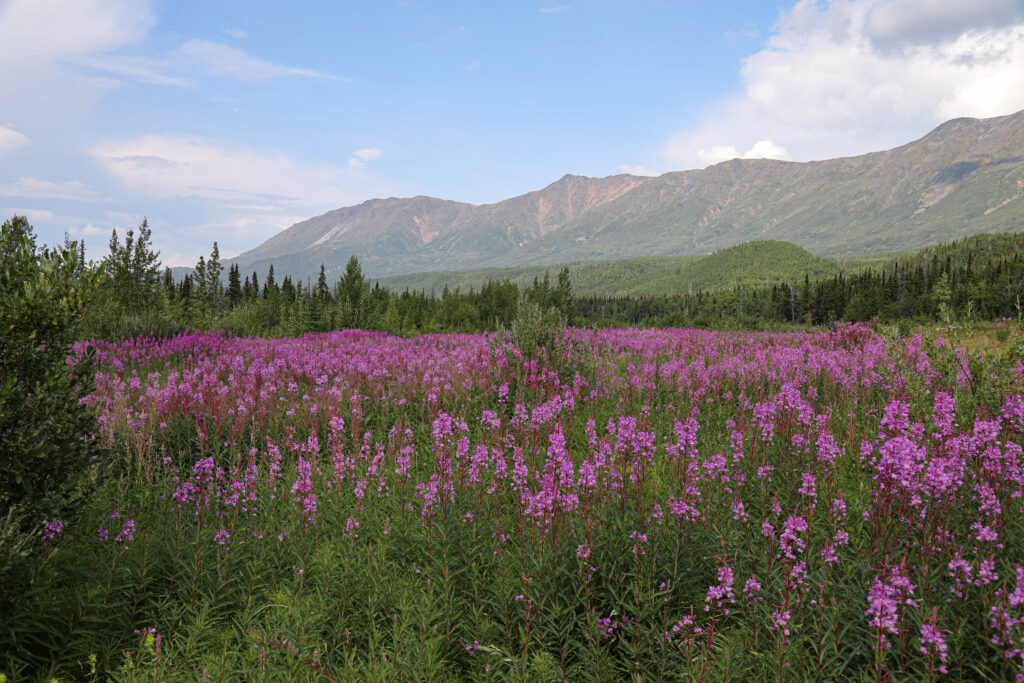Notes on using the Database

Here are a series of instructional videos on how to use this database
Links
One of the main advantages of an online database is the ability to link among the various subjects. For instance, if you look up Licorice, it will link to health issues (such as inflammation), herbal properties (including demulcent), and body systems (i.e., digestive system). From each of these categories, you can search for further information.
Or if you are looking up a health issue such as burns, it will link up with herbal properties such as antiinflammatory, vulnerary, and astringent to find other treatment avenues.
Expanding the Data Boxes
There are two ways to see all the information in a particular box. One way is to place the cursor within the box, and an arrow appears in the upper right-hand corner. If you click on this arrow, a separate larger box will appear with the information.
You can also slide fields open. Place the cursor along the top, for instance, between Medicinal Notes and Plant Photos, and an arrow will appear. You can then slide the field to show more or less information.

Tables
These are the major categories along the top of the database.
See also the videos and links page.
Medicinal Plants and Fungi-This is the table to search for information about individual plants and fungi.
Health Issues-This table contains specific and broad health issues.
The descriptions are overviews of each health condition. Further research is always suggested.
Not every herb that could be used for each health issue is listed. For instance, only a few diuretics are listed for urinary tract issues. Look in the herbal properties table to find a more complete list.
Body Systems and Health Topics-this a mixed table containing body systems and other health categories that did not fit elsewhere. Use this table when looking for herbs and health issues associated with body systems or broad groupings such as first aid or chronic diseases.
Herbal Properties-this lists the therapeutic and medicinal attributes of plants.

Medicinal Plant and Fungi Field
Botanical Name
The plant’s botanical, scientific, or ‘Latin’ name. The listed name(s) is generally the most recent scientific name or the one in popular use. Botanical names often change over time, and some of these names are in dispute. Synonyms (alternate names) are listed in a separate field.
Common Name
Plants may have many common names. I’ve listed the names I hear used most often by herbalists in the US. This is not an extensive list.
Synonyms and Other Species
This section includes the synonyms (syn.) of the botanical name as well as other species of the same genus that may be used similarly. I’ve included the species that are used most frequently, as well as other medically relevant species.
Part(s) used
The part(s) of the plant that are most commonly used medicinally.
Medicinal Notes
This focuses on how these plants can be used medicinally. This section is not meant to cover all the ways a plant is used medicinally and is generally based on my own clinical experience or drawn from fellow clinical herbalists. This is just a starting point on how to use any plant medicinally; please follow up with further research.
Photos
All the photos were taken by me (except the ones with me in them). When looking through them, make sure to check the titles and comments. You can learn more about the photos here.
The comments with each photo are where I give botanical descriptions of plants as well as the occasional story and introduce some fellow herb folks.
Safety
Please see the safety section.
This is one of the most difficult areas to fill in, as there are widespread discrepancies on how and which plants pose a risk to human health. I don’t know the safety issues for many of the plants included in this database. The safety information is mainly based on personal clinical experience, fellow herbalists, and well-researched clinical data.
There are a number of herbs I advise to avoid during pregnancy. If looking for more practical and experienced responses, I suggest reaching out to midwives, doulas, and birth workers.
There are several factors when considering the safety of a specific plant or formula. These include but are not limited to age, general health, sensitivity to substances, specific ailments, and allergic responses. It is important to note that any individual can have an idiosyncratic adverse reaction. Plants considered spices are often safe, such as Ginger, Garlic, and Cinnamon.
This database includes plants with well-known toxicity. They should not be used by anyone except experienced herbalists. I have included them to point out their potential toxicity.
Safety is one of the most critical aspects when administering medicines, including herbal remedies. Please conduct further research when treating yourself and others.
Plant Notes
This section discusses non-medical aspects about the plant. This includes descriptions of the plant, where it grows, related species, and other (hopefully) interesting aspects of the plant.
Additional Notes
All the notes that don’t fit elsewhere, personal observations as well as ‘fun facts’.
Preparations
The various medicines prepared from each plant, such as tinctures, glycerites, and capsules.
Health Issues
These are specific health issues that might be benefited by each plant.
Dosage and Administration
Approximations of how much to take of each plant and the various ways they can be ingested, applied topically, or any other manner the plant can be put in or on the body.Herbal Properties
These are the various medicinal properties of each plant such as astringent or vulnerary.
Body Systems and Health Topics
These are the body systems and health topics (such as first aid) where a plant has medicinal activity.
Medicine Preparation Notes
Ways to prepare each plant as medicine. This includes tinctures, glycerites, teas, and other botanical preparations.
Plant Gathering, Growing and Processing
This field covers growing, wildcrafting (see wildcrafting section), and processing plants as medicine. The cultivating portion is not extensive as it is mainly based on my personal experience (and I only have a small garden).
Stories
This is where I share tales of my long history of herbal medicine and gathering plants. This is an ‘entertainment’ field.
Links
Most of these links are to articles or blogs that I’ve written. A few are to other sources.

